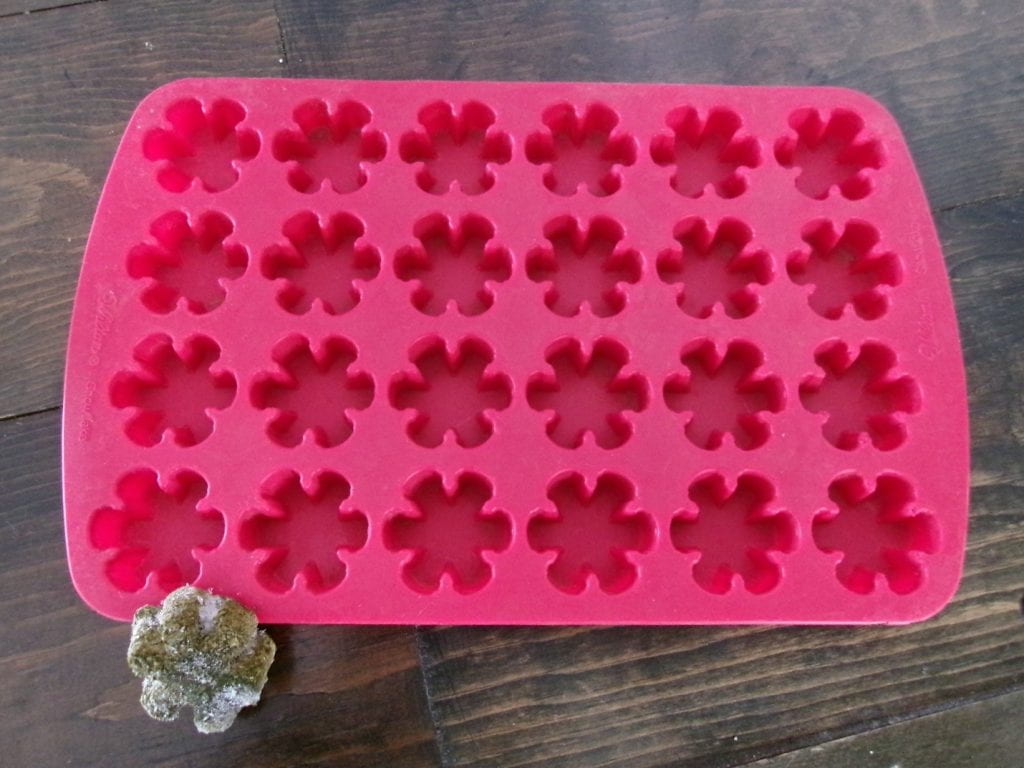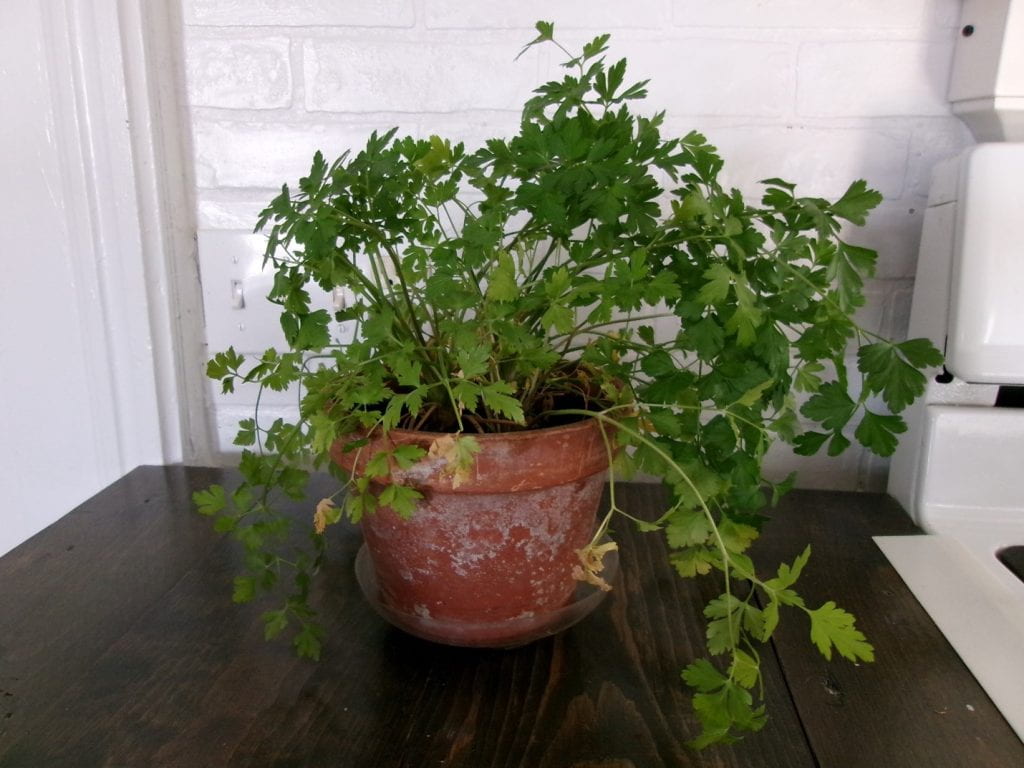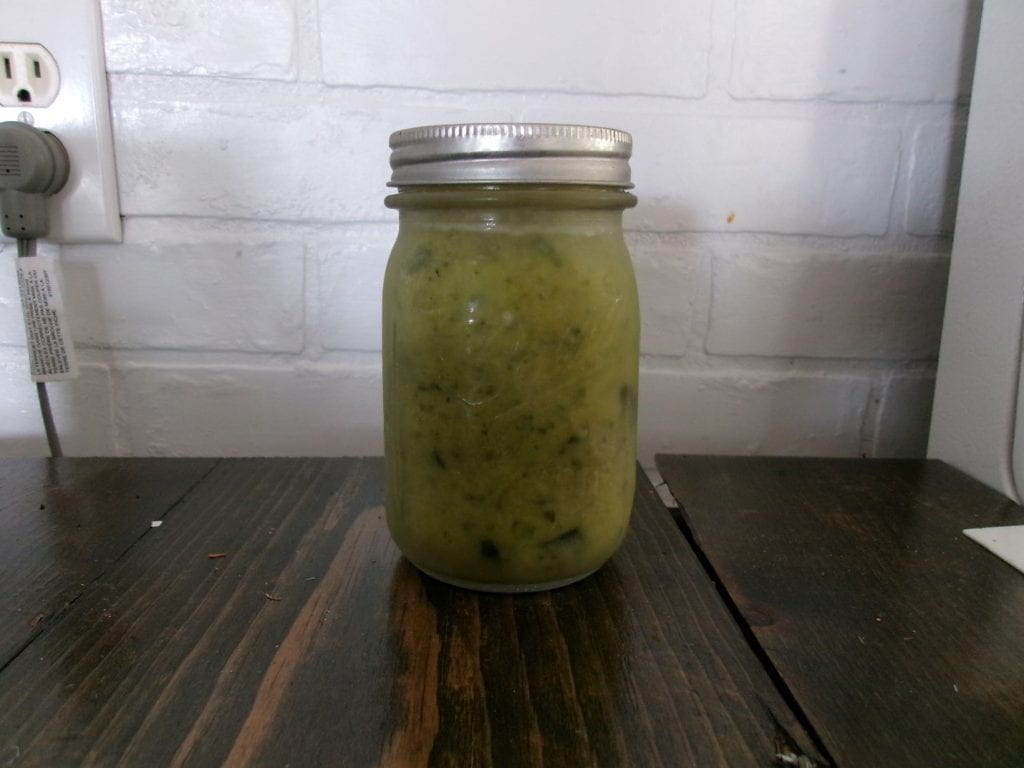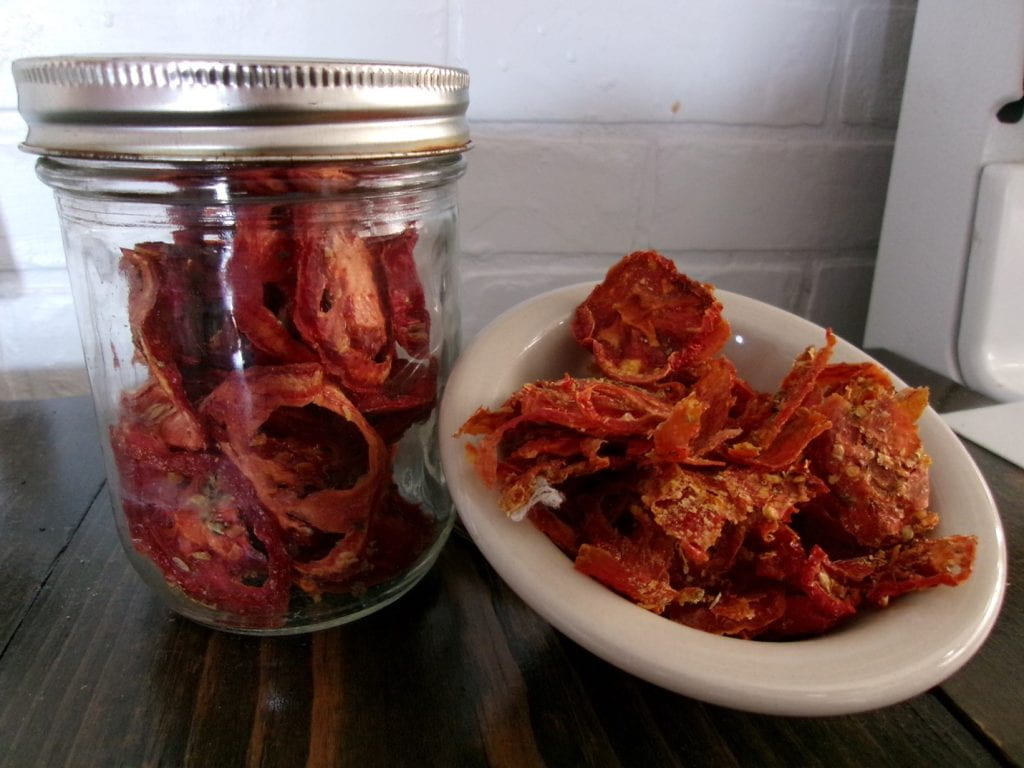One of the great things about food preservation is the freedom to choose both foods and methods that suit our lifestyle. Over the years, I’ve enjoyed pickling vegetables, especially cucumbers, but then they sit on the shelf because I’m not excited about eating them. Nor do I usually eat the jams, jellies, or relishes I make and can. This year, I am focusing on choosing vegetables that I am confident I can preserve in ways that will appeal to me during the winter months. In this post, I’ll share some tricks I’ve learned over the years to grow and preserve foods I like. The Resources section at the end of this post includes links to get thinking about your garden.
Some preserving methods I’ve used in the past include both boiling water bath and pressure canning, pickling, dehydrating, freezing, and fermenting. I know right away that I’ll skip fermenting this year. I know, I know—probiotics, gut health, etc. I’ll get with the program someday, but not someday this year. Pickling is a tad up in the air, too, but I know for sure I will freeze many vegetables, with some canning and dehydrating thrown in the mix.
Last year I planted herbs for the first time in many years, and I was glad to freeze them to spice up winter meals. I prefer freezing herbs because they taste fresher than dried herbs, although I do have some dill and sage hanging around in the kitchen. I tried freezing herbs in a silicon mold and then storing them in baggies. I found I preferred these because they were not as messy as the loose herbs, which stick to my fingers when I use them. Plus, herbs frozen in molds [or ice cube trays] can be pre-measured.

Although technically not a “preservation” method, I dug up and repotted basil and parsley plants, both of which did well in my kitchen window. Snipping fresh herbs for recipes and garnish feels very Martha-like. This year, I will plant basil, parsley, and probably oregano with the intention of repotting them to my windowsill.

I also like to freeze what I call “flavor packs”, usually for use in soups. I prepare one-pint portions of recipe ingredients, including the vegetables, and leave out anything that does not freeze well, such as potatoes, pasta, and beans. I add those along with any thickening sauce, roux, milk, or cream when making the actual soup. I grow vegetables to make flavor packs for soups such as:
- Cream of Zucchini
- Cream of Carrot
- Minestrone
- Cabbage
- Butternut Squash

I can salsa, pizza sauce, and plain tomato sauce, but I rarely can pasta sauce—I usually freeze it, and here’s why: While obtaining the Master Food Preserver certification, I became a firm believer in following the National Center for Food Preservation’s recipes. The recipes are scientifically tested based on specific quantities of specific ingredients, as well as the density and pH of the food to ensure that the canned food is free of any nasty microorganisms such as bacteria, yeasts, and/or molds. However, I like to be creative when making pasta sauce, and I do not want to be limited to a recipe, but I have no way of testing/ensuring the pH. [Did you know that botulism can’t be seen, smelled, or tasted? Yikes!]
Last year, I didn’t even bother canning any plain whole or halved tomatoes because I simply didn’t use them. I did, however, freeze the last of my [whole] tomatoes for use in something, although I don’t know what. Can these thawed tomatoes be used in canning recipes? According to the Oregon State University Extension, yes, but only where pre-cooking the tomatoes is part of the process, as in, the tomatoes are heated to boiling before canning. [See “Freezing Fruits and Vegetables” in Resources.]
Several small tomato varieties volunteer in my garden every year. Since they are too small to bother peeling, I sprinkle them with garlic salt, Italian seasoning, and nutritional yeast and then dehydrate them. I use these on anything and everything.

I will grow green beans if only because no garden seems complete without them, although I do use them. Since I switched from bush to pole beans a few years ago, my beans now grow nice and straight—perfect candidates for Dilly Beans. [Note to self: Plant dill.] I also can and freeze green beans for use in Lebanese Green Bean Stew, a frequent favorite.
I keep forgetting to plant potatoes. I used to can sliced potatoes for use in scalloped potatoes. Depending on how many quarts I did, I sometimes had to ration them because using canned potatoes to make big-time comfort food was just too easy. Canning potatoes takes some time because you must be strict about not getting any dirt in the jars. Plus, all that peeling can give you Potato Tunnel Syndrome.
I cook, mash, and freeze most of my carrots and winter squash for use in soups, casseroles, and baked goods, although last year, I canned a batch of carrots for the heck of it. [I haven’t used them yet.] In addition to making flavor packs of zucchini, I shred and freeze zucchini to use in baked goods, including Zucchini Muffins and Zucchini Crust Pizza.
Other vegetables—broccoli, cauliflower, Brussels sprouts, chopped onions, green peppers—get frozen for use in all kinds of recipes, including omelets, casseroles, and yes, soups. [Ever had Cream of Brussels Sprouts Soup?]
Hopefully, this article gave you some ideas about what vegetables you want to grow this year based on how you will preserve, use, and/or eat them. If you’re new to vegetable gardening and/or preserving, contact Extension at [315] 379-9192 or harvestkitchen@cornell.edu for upcoming classes.
Also, check out Extension’s Grow and Preserve Open House on May 11, 2024. Stop in any time between 10am – 1pm to learn from the Master Preservers about equipment and methods including preservation demonstrations. The Master Gardeners will be giving tours of the apple orchard and pollinator gardens.
New this year, the Homesteading for Everyone workshop series will begin in March and continue through the end of the year. This series is dedicated to sharing timely information in a hands-on, accessible format, including support materials for participants to use at home. From gardening and raising poultry to preserving food and harnessing energy, this series celebrates self-sufficiency while building community.
Resources- click title for link
- Freezing Fresh Herbs
- National Center for Food Preservation
- Thinking of using your own canning recipe? Think again. [Michigan State University Extension]
- General Freezing Information: Containers for Freezing [including glass jars]
- Freezing Fruits and Vegetables, Oregon State University Extension Service Publication PNW 214 [Revised March 2023]
- Canning Potatoes
- New 2024 Homestead Workshop Series
Recipes to search for and try:
- Cream of Zucchini Soup
- Cream of Brussels Sprouts Soup
- Cream of Carrot Soup
- Minestrone Soup
- Cabbage Soup
- Butternut Squash Soup
- Dilly Beans
- Lebanese Green Bean Stew
- Zucchini Crust Pizza
Kathryn Farr has been growing and preserving vegetables and fruit for many years. She completed the Extension’s Master Food Preserver Volunteer training in 2022 and was recently certified as a Cornell Cooperative Extension Master Food Preserver.
